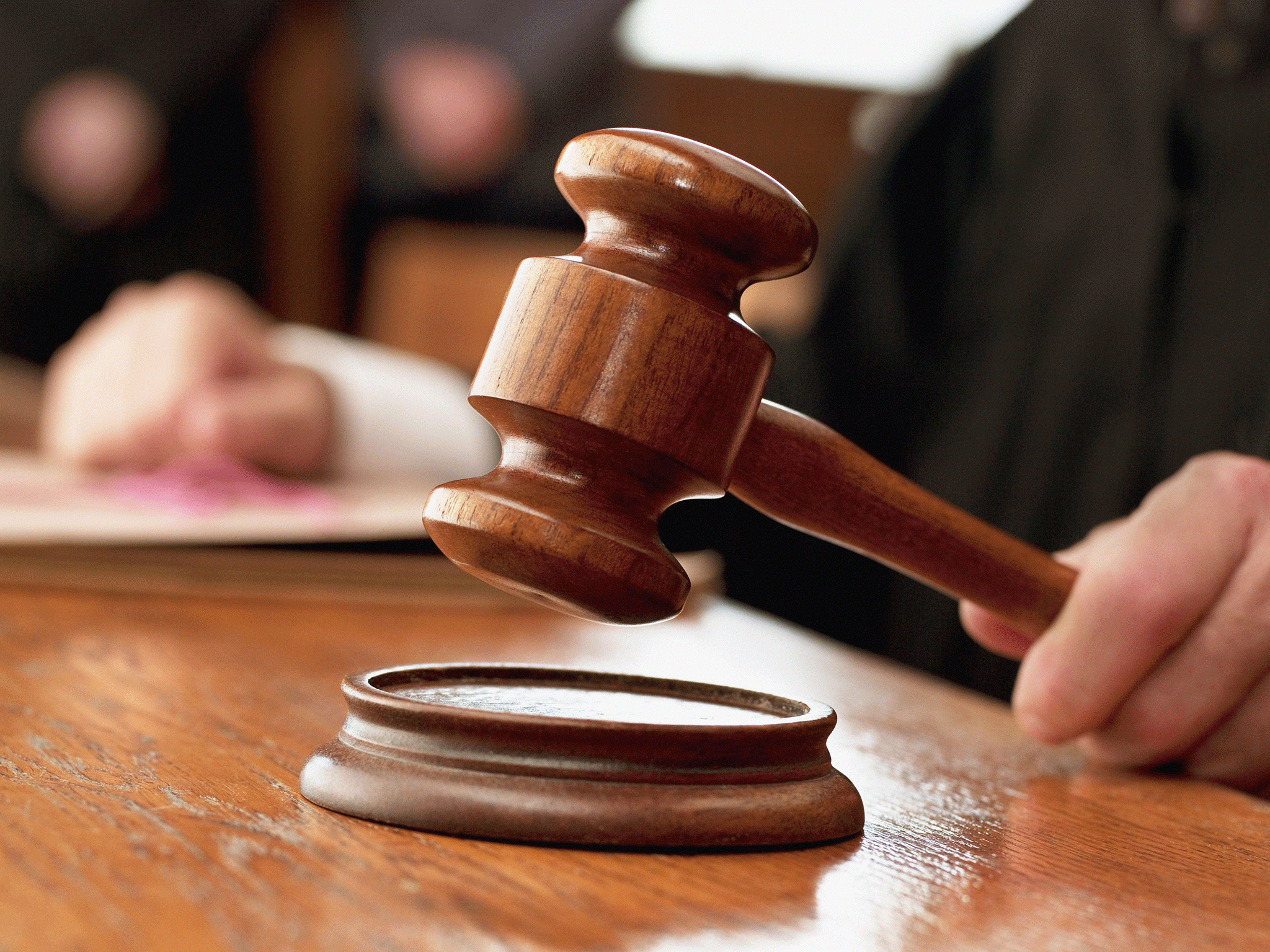Dwaine George: How Cardiff Law School’s Innocence Project discovered scientific evidence was of ‘no evidential significance’
Case’s consultant remembers how students did a 'fantastic job' which was recognised by the Court of Appeal

Dwaine George was wrongly jailed for 12 years after the shooting of Daniel Dale in Manchester in 2001. He had a slim chance of being freed after both a judge and full court rejected his application for leave of appeal in 2004. George turned to Cardiff’s Innocence Project in 2007, after the Criminal Cases Review Commission (CCRC) refused to refer his case to appeal. After a long review process, Cardiff’s law students referred the case back to the CCRC in 2010 who, in 2013, referred the case to the Court of Appeal leading to his release in December 2014.
Cardiff Law School’s Innocence Project engaged students to review George’s conviction under the supervision of academics by looking at paperwork, researching the incriminating factors of the case, and providing fresh evidence. Students usually work in teams of six and are encouraged to think in an imaginative, forensic way.
They showed all three prosecuting factors of George’s case to be weak, and one was shown to be completely unreliable. Speaking with the Independent, Dr Dennis Eady, the case’s consultant, said the students did a “fantastic job” on the case and that “the Court of Appeal recognised this.”
George was convicted mainly on the basis of gunshot residue found on a coat, along with identification evidence and voice recognition. Although it was discussed at the trial that gunshot residue can be contaminated by contact with people that have been in touch with firearms - or simply elements in the community - the defence failed to mention the amount of gunshot residue present and its make up.
In 2007, the Forensic Science Service made new guidelines concluding a level of gunshot residue, which is below four particles, counts as insignificant evidence. Cardiff law students took heed of this information and had an expert look into the science behind the residue; they found two out of the four particles to be not “characteristic” of gunshot residue. Dr Dennis Eady said they were fortunate in being able to “find some clear appeal points” by “showing the scientific evidence was in reality of no evidential significance.”
To support their piece of fresh evidence, the students looked into case law in relation to voice recognition and ID evidence. They further analysed how a witness did not initially identify the voice of George in their first statement, and how they hardly knew him. The identification evidence was also found to be dubious; the gunman who committed the murder was wearing a mask but was described by witnesses as being quite short and stocky, whereas George was tall and relatively slim.
At the trial, the judge initially acknowledged the two parts of evidence (ID and voice recognition) had flaws, but said the gunshot residue could be used to back up their validity. Cardiff law students argued once this residue became unreliable, it could not be used to support already weakened parts of evidence. Dr Eady said that, despite the eventual success of the George case, the appeal system is still “extremely restrictive” as it “does not ensure miscarriages of justice can always be corrected”.
George’s is the only case to be successfully overturned by any Innocence Project in the UK as the students were able to pinpoint a clear, scientific appeal point that created new evidence. It is often difficult to find this kind of tangible evidence when a case’s appeal has already been exhausted, as shown by Dr Eady’s concern over how many students “have done some equally excellent work that has not, in the end, been successful, even though we continue to have a serious doubt about the safety of the convictions.”
Cardiff Law School’s Innocence Project is, at present, working on 11 cases, with the participation of approximately 50 students. They have another six cases which are either applying for a first appeal or, in most cases, are with the CCRC. One case is looking hopeful and the students are currently planning to apply for leave of appeal.
Join our commenting forum
Join thought-provoking conversations, follow other Independent readers and see their replies
Comments